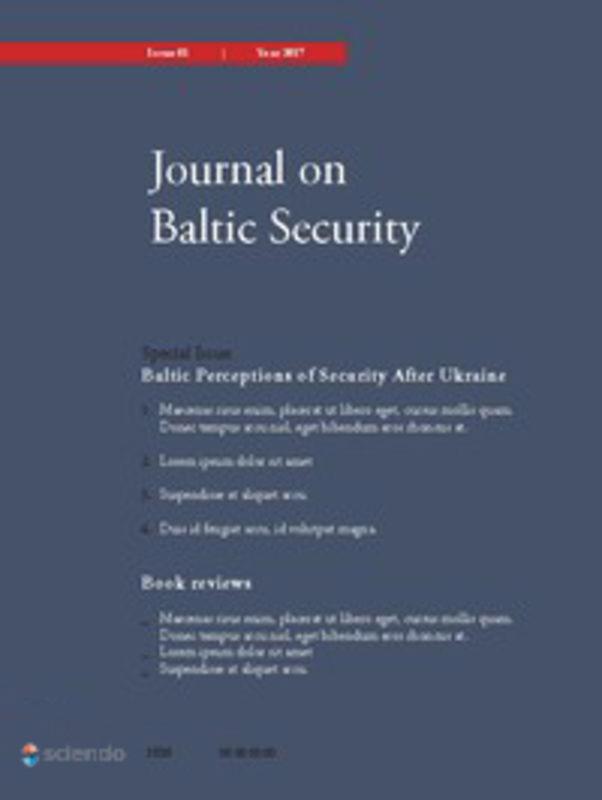Volume 7, Issue 1 (2021), August 2021

Order by:
Pub. online: 13 May 2021
Type: Research Article
 Open Access
Open Access
Abstract
Pub. online: 31 Jul 2021
Type: Research Article
 Open Access
Open Access
Abstract
Pub. online: 21 Aug 2021
Type: Research Article
 Open Access
Open Access
Abstract